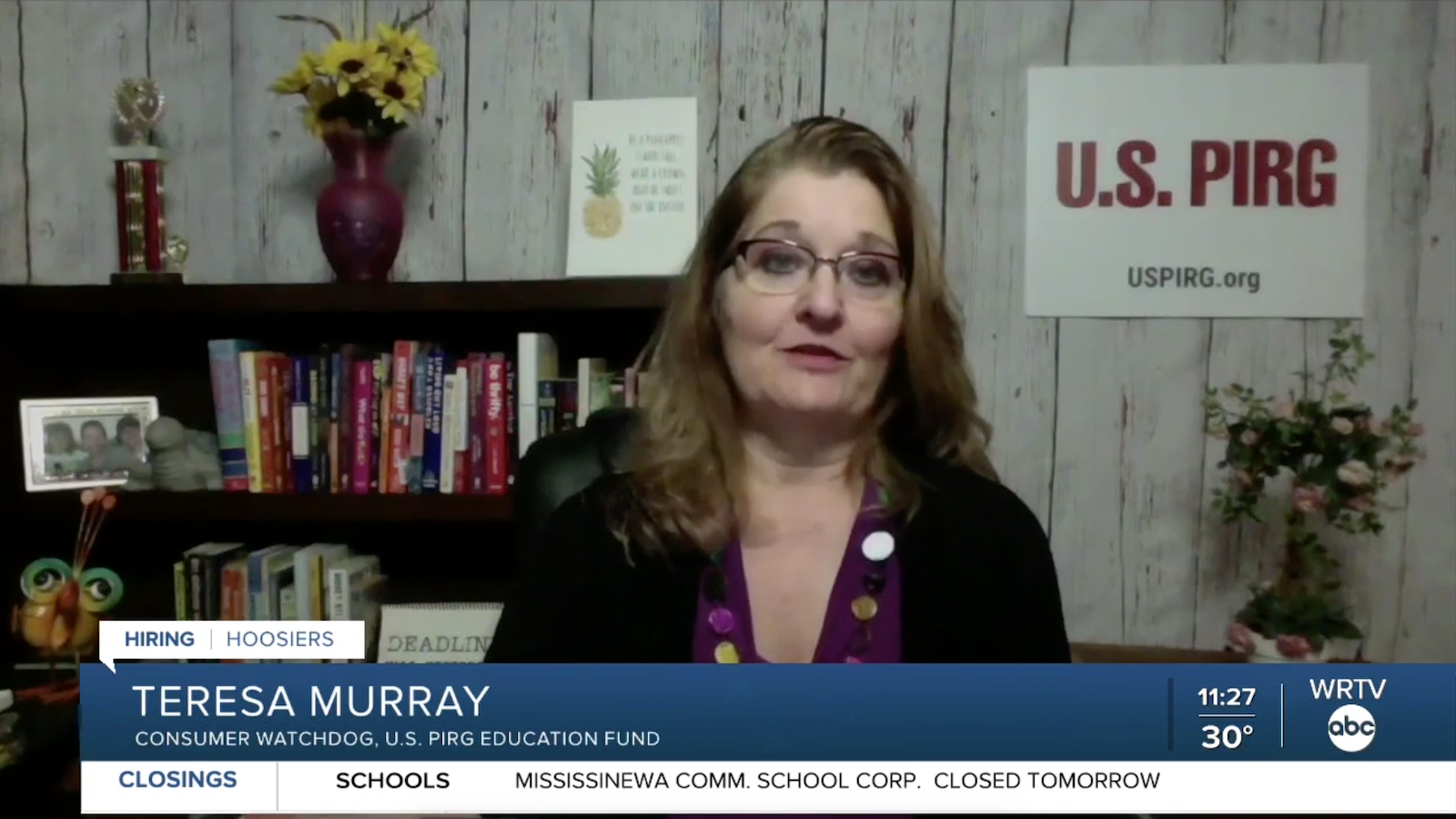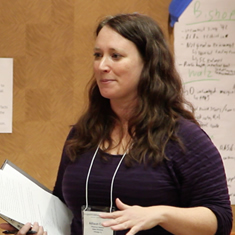
Testing and tracing-tools to keep the curve down
We have the tools to prevent a second outbreak. Will we use them?
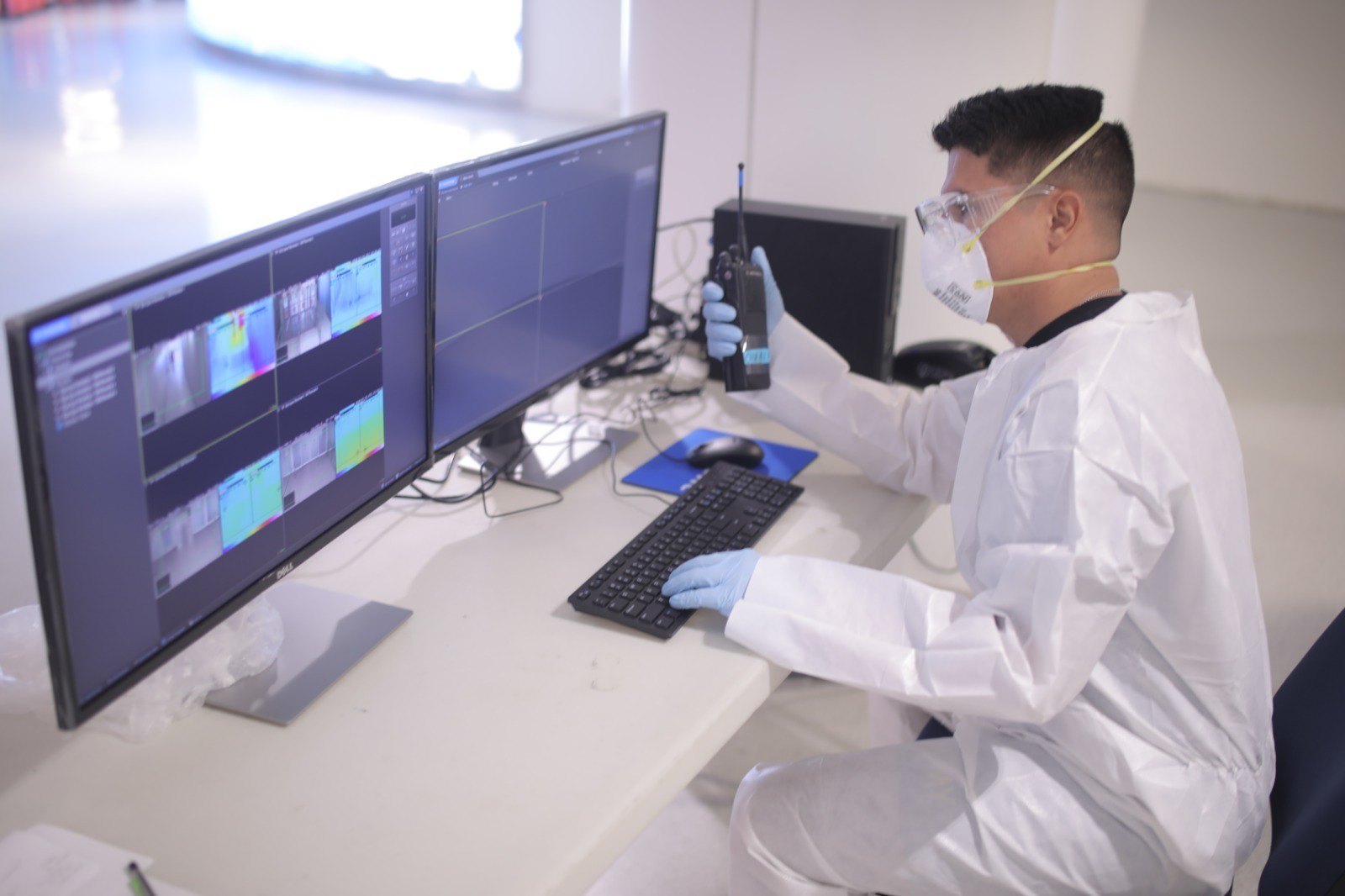
After a long fight, we are beginning to flatten the curve of the coronavirus outbreak here in the U.S. The task now turns to crushing the curve – sharply reducing the number of cases – and keeping it down. To do that, we will need fast, accurate and comprehensive testing, but we will also need the U.S. to greatly expand its capacity for contact tracing.
Contact tracing means identifying and reaching out to the close recent contacts of people who have tested positive for coronavirus. It is critical because it enables public health authorities to encourage people who may have been exposed to self-isolate – stopping the spread of the virus before it can accelerate.
Contact tracing is a proven public health tool that has been used for decades, and it is especially important when dealing with a virus that can easily spread undetected. To work properly, however, contact tracing must operate at a large scale, because the system only works if all potentially infected contacts are quickly informed before they infect anyone else. The system also relies on providing those who do not have a place to quarantine safely with a place to go.
In late April, U.S. PIRG joined a group of doctors and public health professionals in calling on Congress to allocate $46.5 billion to fund contact tracing and isolation measures, including expanding the contact tracing workforce by 180,000. Among the innovative provisions of the plan is using available hotel space to allow people who’ve contracted COVID-19 to self-isolate, and providing a per-person stipend, similar to jury duty, for people who are protecting public health by staying in quarantine.
Elements of that plan were incorporated in the HEROES Act, a massive COVID response package the House of Representatives passed last week. Without speaking to the entire $3 trillion bill, the $75 billion allocation for coronavirus testing, contact tracing, and isolation measures represents a major step forward toward building strong public health systems that will enable us to keep the virus contained.
Technology can support contact tracing, such as the use of apps that employ Bluetooth technology to quickly and securely identify those with whom a person infected with coronavirus has been in close contact. Ed Mierzwinski, who directs U.S. PIRG’s federal consumer program, took an in-depth look at the privacy protections that would be necessary for automated contact tracing to deliver public health benefits without a loss of privacy. It is particularly important that participation be voluntary, requiring affirmative agreement to download the app.
By combining testing and tracing, we gain the intelligence that lets us contain outbreaks before they get out of control. Creating this system will be a massive undertaking for state health departments – requiring the hiring and training of upwards of 180,000 people – and therefore require strong leadership and guidance at the national level.
But going back to the early weeks of the pandemic – when most people who had the virus didn’t know it and anyone could be exposed without their knowledge – is not an option. Testing and tracing are essential tools we need to slow the spread of coronavirus, bringing us one step closer to crushing the curve even as Americans begin to leave their homes.
Header photo courtesy Puerto Rico National Guard, Sgt. Carlos Chabert & Spc. Melanie Colondres, via Flikr (CC BY 2.0)
Topics
Authors
Allison Cairo
Vice President and National Field Director, The Public Interest Network
Allison oversees field efforts for The Public Interest Network. She has overseen projects that registered more than a quarter of a million voters and educated hundreds of thousands of people in states across the country about The Public Interest Network’s campaigns. Allison lives in Philadelphia, where she loves to explore the city on her bike.
Find Out More
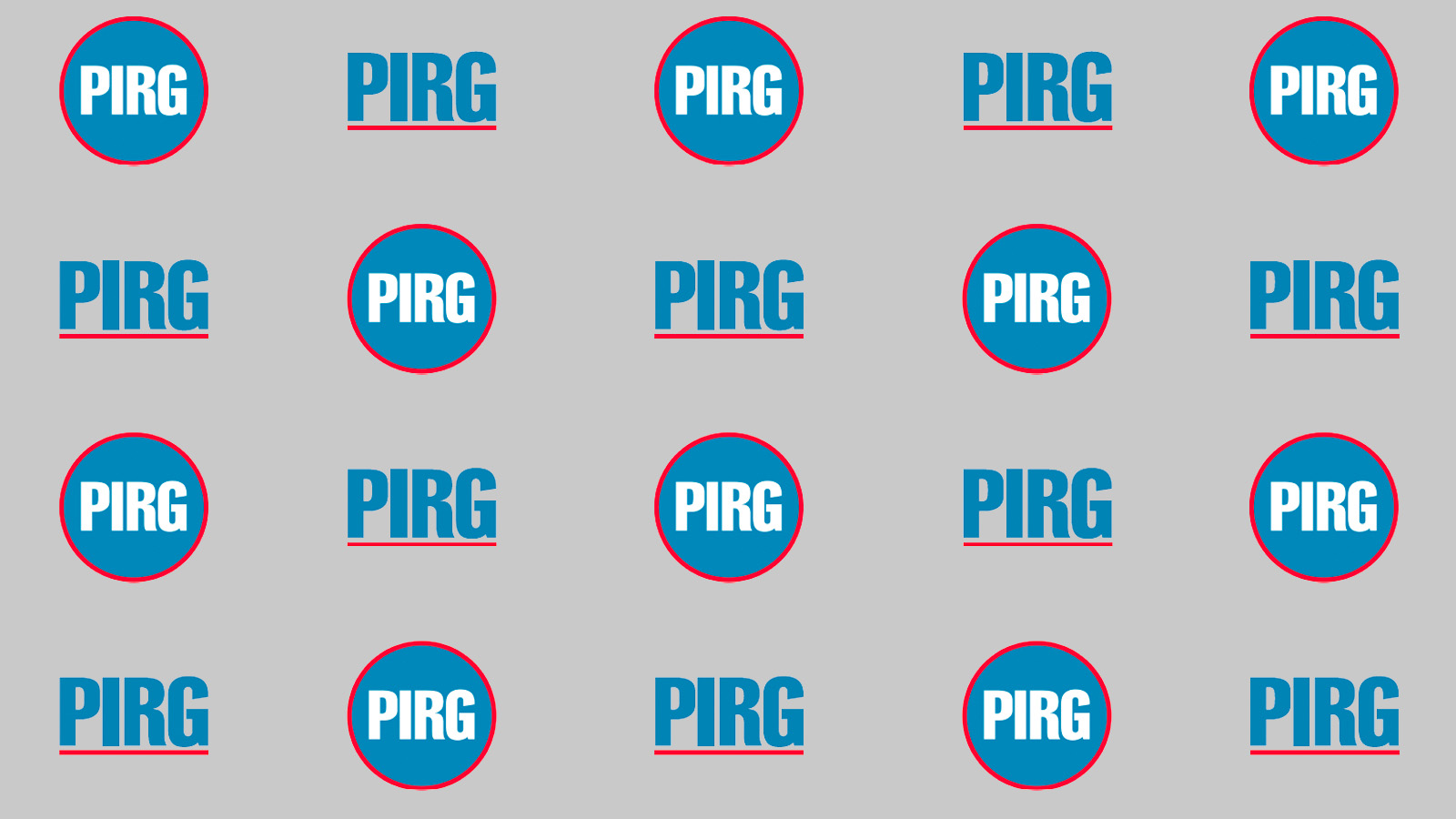
Gathering safely for the holidays
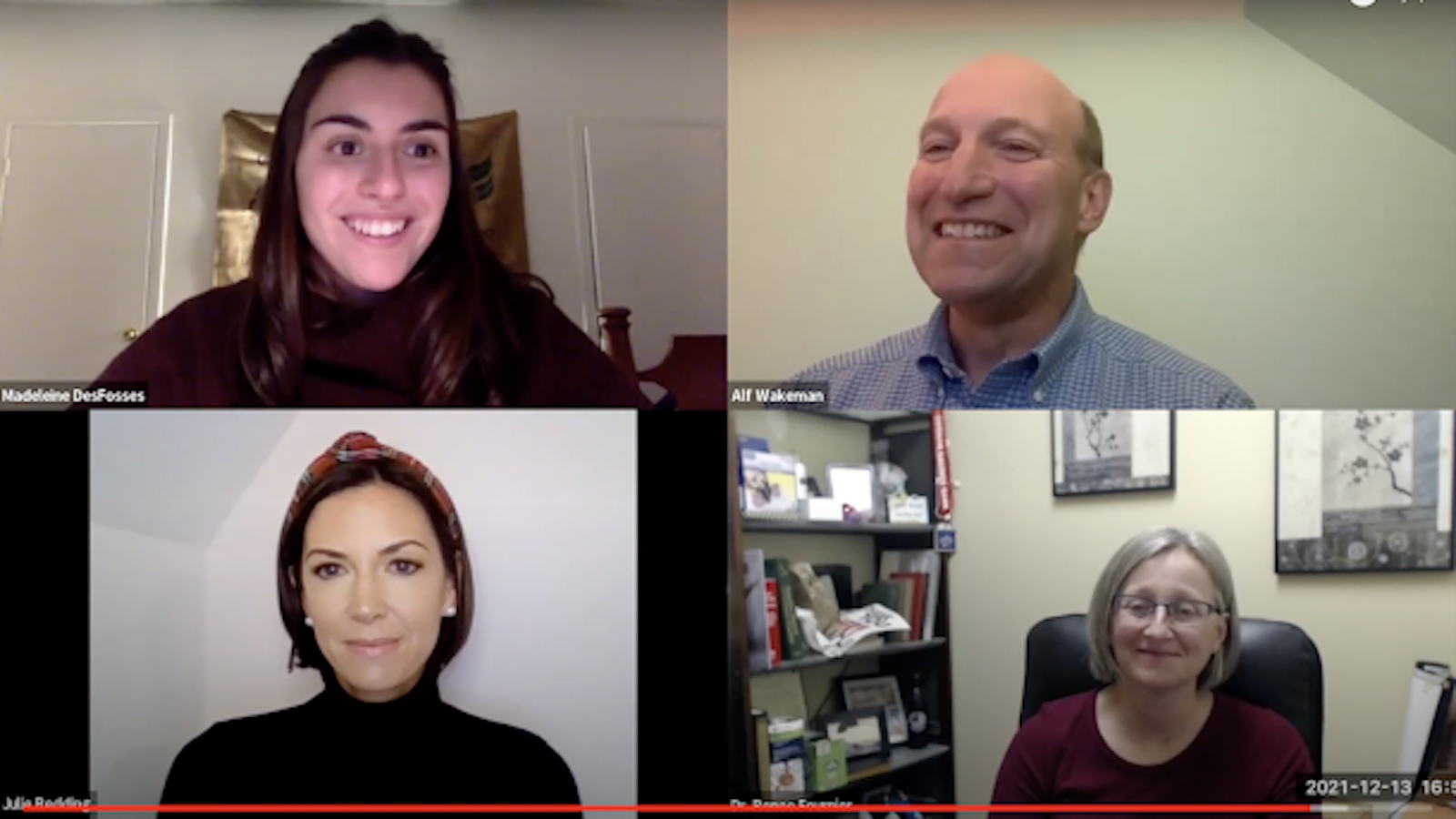
PIRG, health professionals combat COVID-19 misinformation
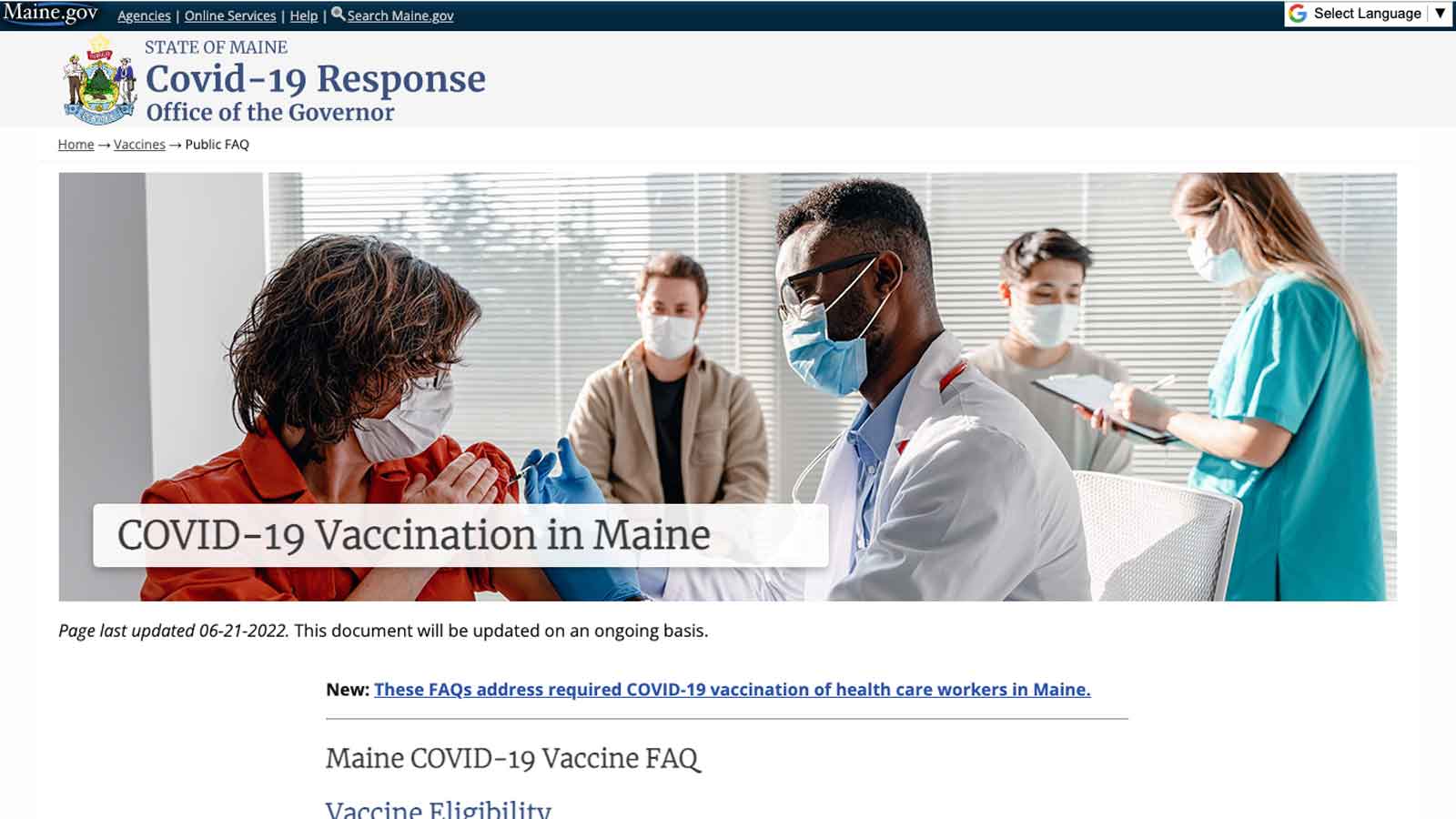
Maine Vaccine Education: Resource Page
